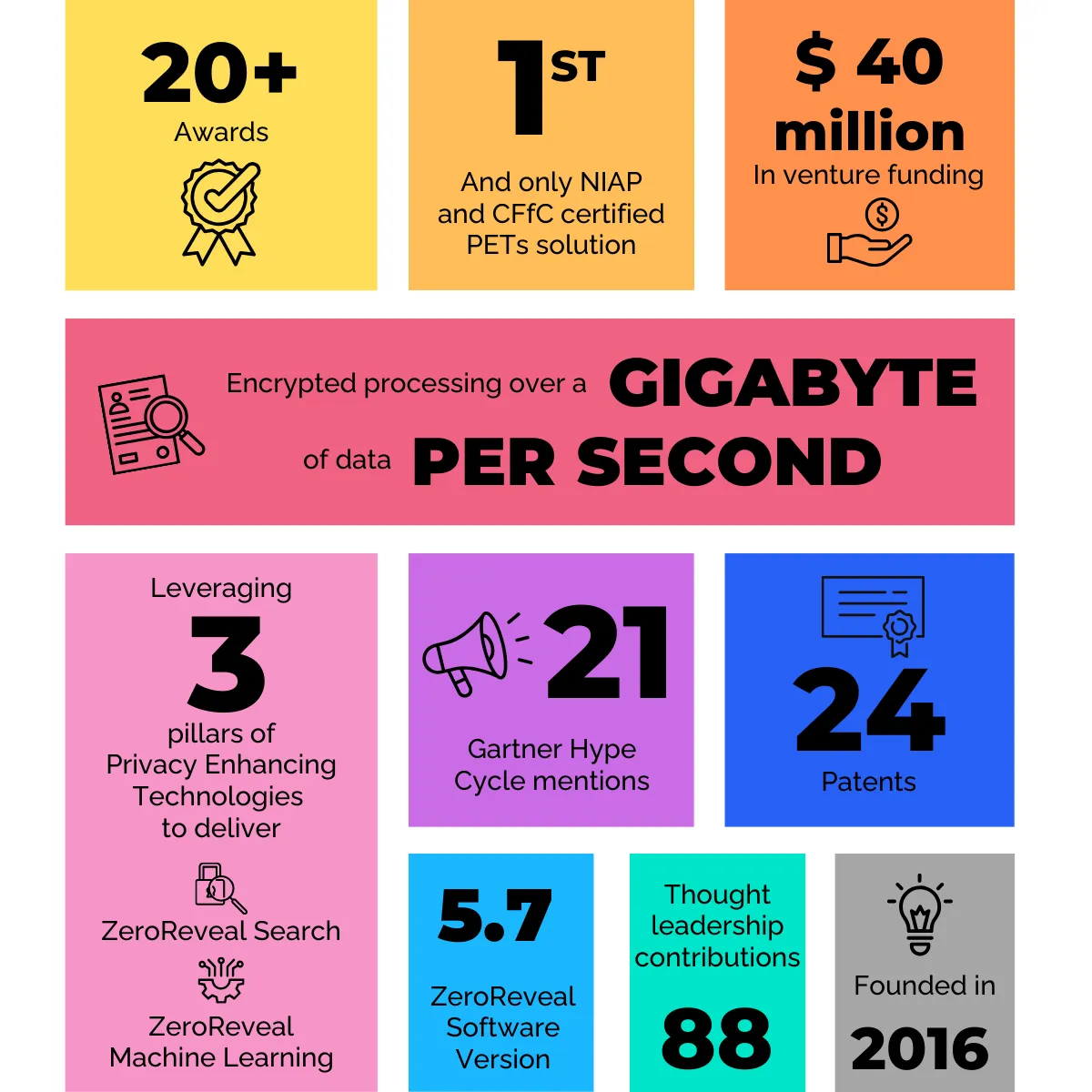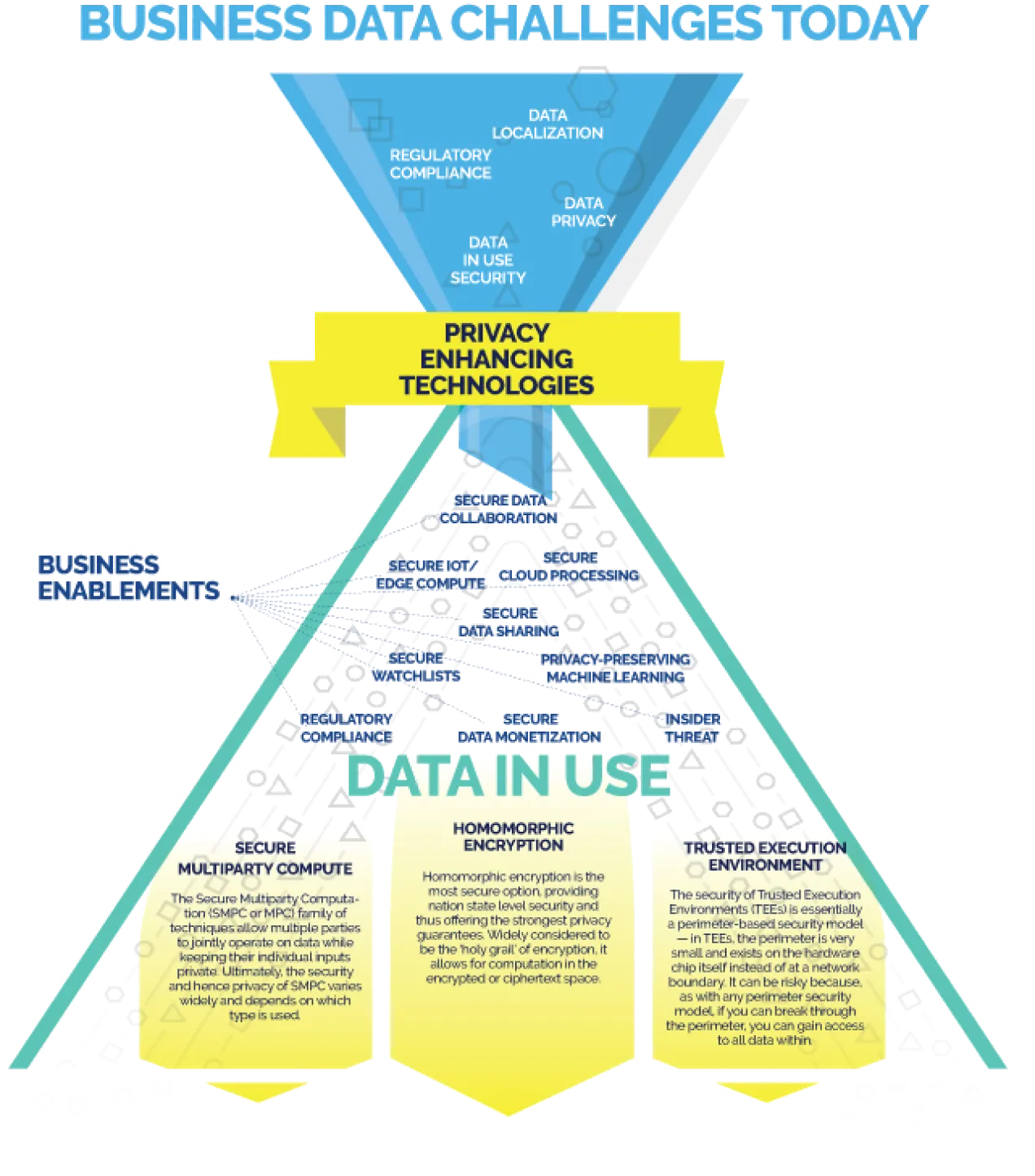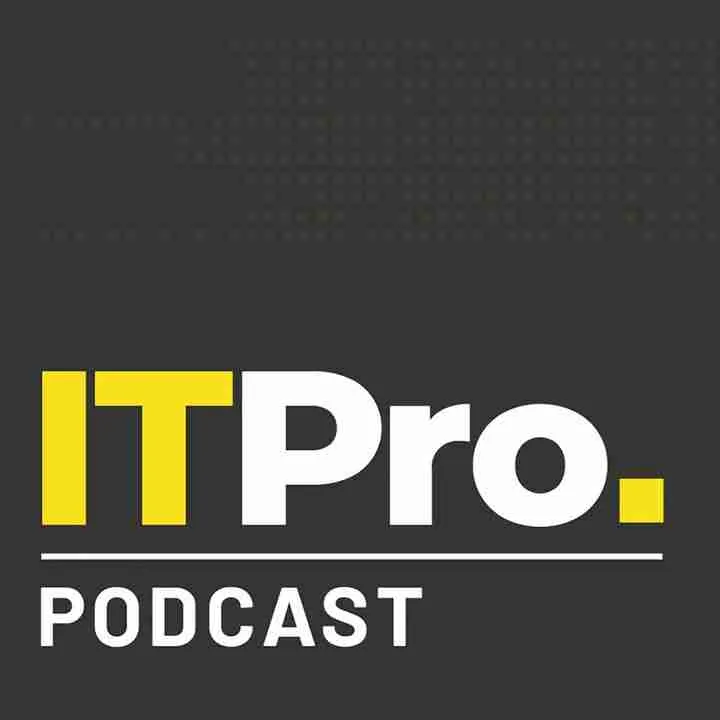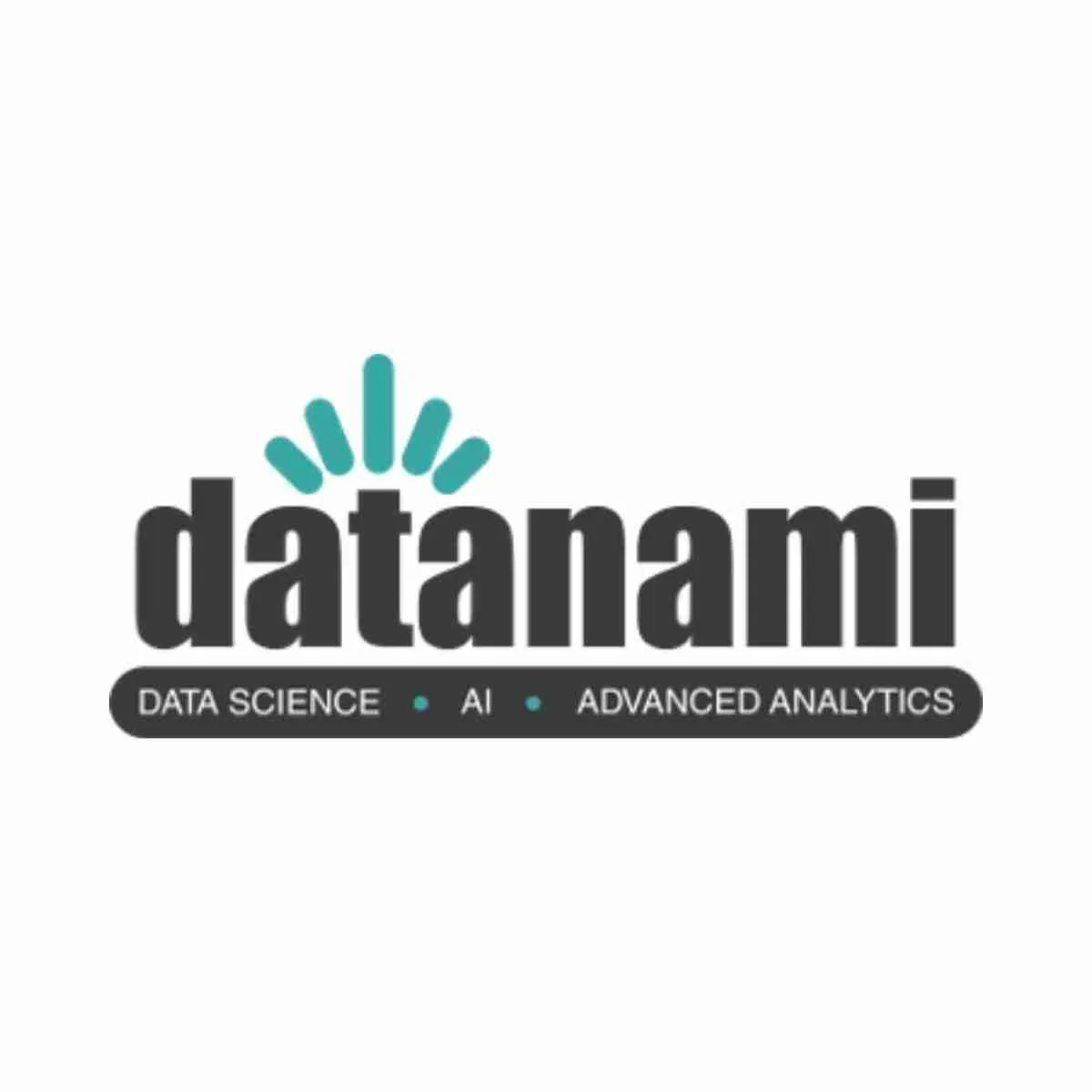The power of PETs lies in their ability to protect data while it's being used or processed — when searches, analytics, and machine learning models are run over data to extract value. This is different from, and complementary to, other measures that protect Data at Rest, such as in the file system or database, or Data in Transit as it moves through the network. While there are many effective, established solutions for protecting Data at Rest and Data in Transit, if organizations want to be able to safely and privately extract value from data assets, these traditional protection strategies are not sufficient. PETs do not replace existing solutions protecting Data at Rest and in Transit; they work alongside them to protect the final segment of
the data triad, Data in Use.
PETs have a long and rich research history and, as such, many PETs are part of an active ecosystem which includes open source research libraries and algorithms. While it is fantastic to have a research foundation upon which to build, it is also important to remember that these elements are not ready-to-use commercial offerings. For example,
HE libraries provide basic cryptographic components, but organizations leveraging them must dedicate engineering, algorithmic, and integration resources in order to mature the basic building blocks into viable, enterprise-grade solutions. Likewise, SMPC libraries offer basic algorithms and TEEs are built into many chips and cloud environments today, however, there is much work and deep expertise required to take these fundamental elements and build practical, commercial offerings that protect Data in Use at scale. That’s the value commercial PETs software providers bring to the table: deep PETs knowledge and off-the-shelf capabilities that are ready to deploy and use today to solve real problems. The open source research landscape is an awesome tool for advancing innovative technologies and the PETs category has certainly benefited from the efforts of numerous contributors. But, these PETs research efforts are just the beginning of the story. Commercial solutions advance and give these research efforts the ‘wings’ required to add real, measurable value.







